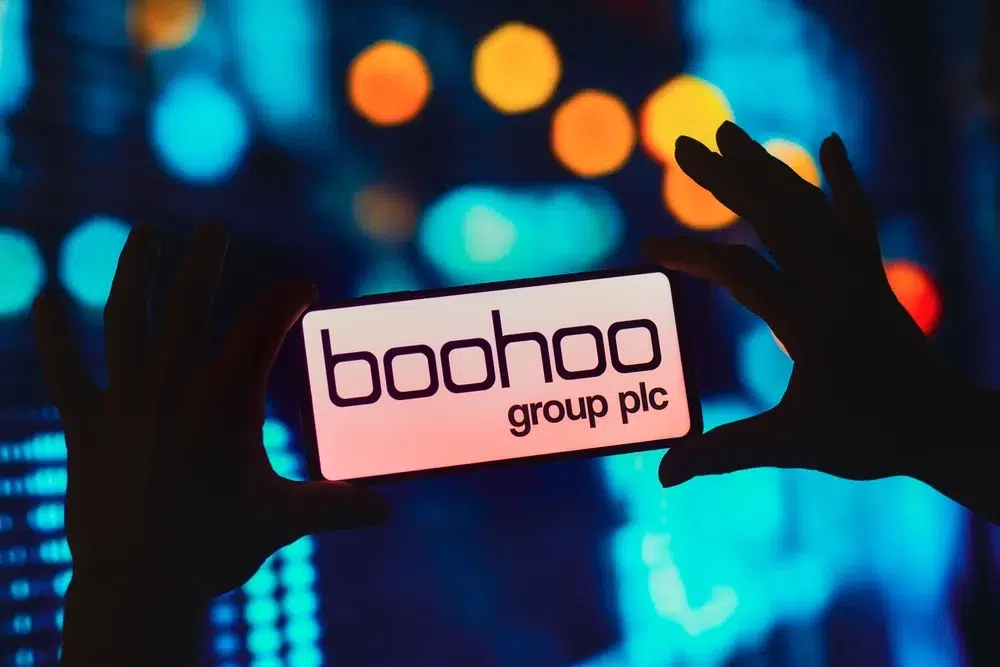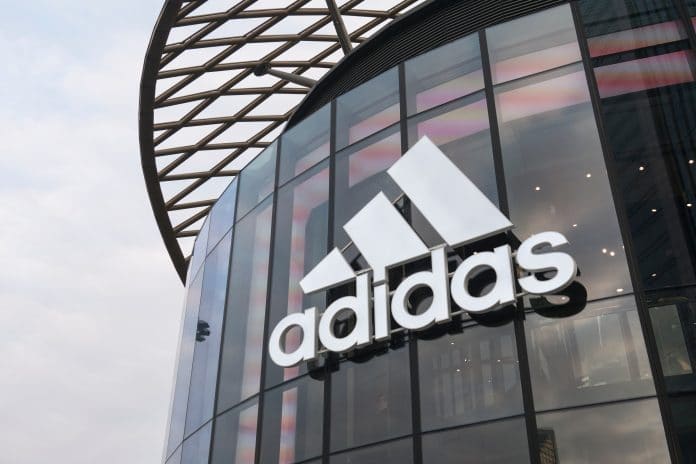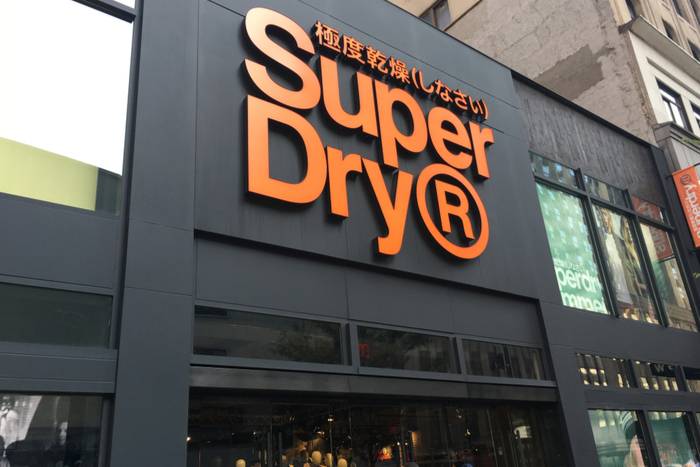London Fashion Week drove sales at “affordable luxury” designers up by 31%, according to new data released this week. Those showcasing collections in the same category, which includes Karen Millen, Hunter and Reiss, felt an even bigger uplift, with sales up 48% in the two weeks during and after London Fashion Week.
The event proved to be a boon for all designers showing their collections, with overall sales increasing by 22% in London. The sales impact shows that London Fashion Week made the biggest impression among those with the propensity to shop at premium fashion brands.
The figures are based on the spending data of 5.6m UK bank consumers and have been released by Cardlytics, an advertising and technology company specialising in card-linked marketing, which helps brands deliver rewards to consumers through their mobile and online banking services.
While affordable luxury was the clear winner, other fashion retailers felt benefits as well. The data shows that department stores, such as Harrods, Selfridges, John Lewis and Liberty, saw sales increase by 23%, driven by spend on high-end designers, which was up 27.1%. Meanwhile sales at premium fashion brands, such as Burberry, Christopher Kane and Matthew Williamson, increased by 11.5%.
Jill Dougan, Managing Director of Cardlytics, said: “Shoppers clearly take a great interest in what is happening on the catwalks. London Fashion Week makes a noticeable difference to fashion retailers, as well as the wider British economy. While the winner this year was affordable luxury, the sales growth felt by many designers shows that the event offers a real platform for engaging with customers.”
The impact of fashion week was mirrored online. The proportion of premium fashion sales originating online increased dramatically, from 28% to 36%. Those living outside London were the biggest contributors to the online rush – the regions increased premium designer sales from 20.3% to 33.7%.
The benefits of London Fashion Week weren‘t felt universally. The data show that mid-range shops, such as Topshop, Urban Outfitters and Oasis, are likely to have seen only a modest increase of 3% while fast fashion brands, such as H&M, TK Maxx and Primark, suffered a decrease in sales of 1.4%.

















